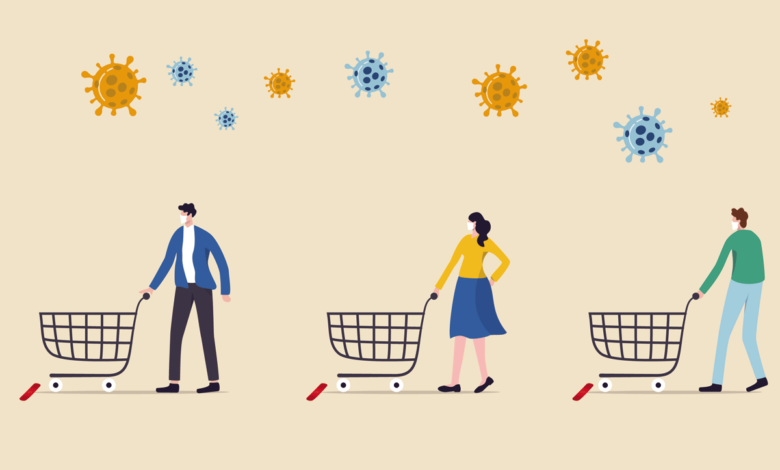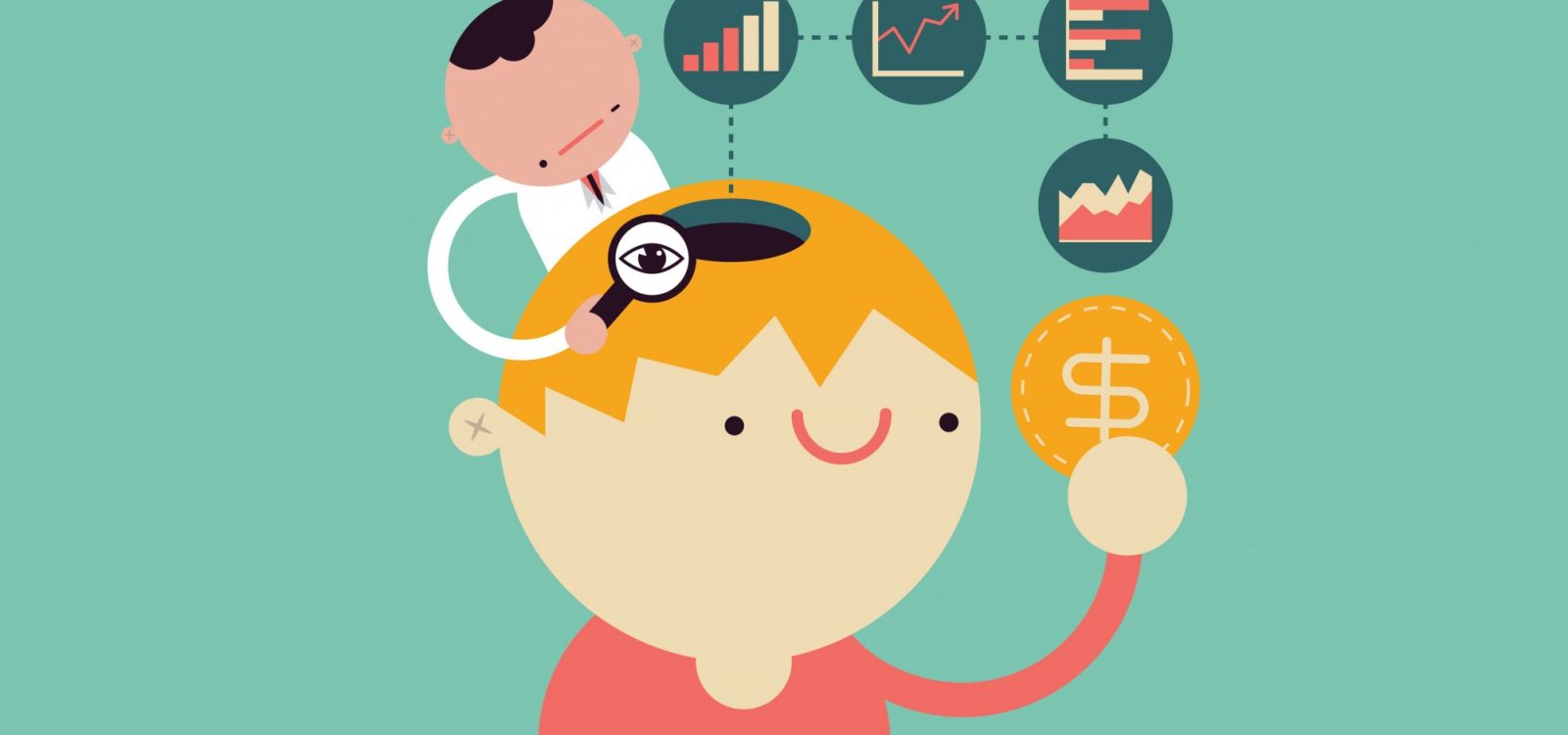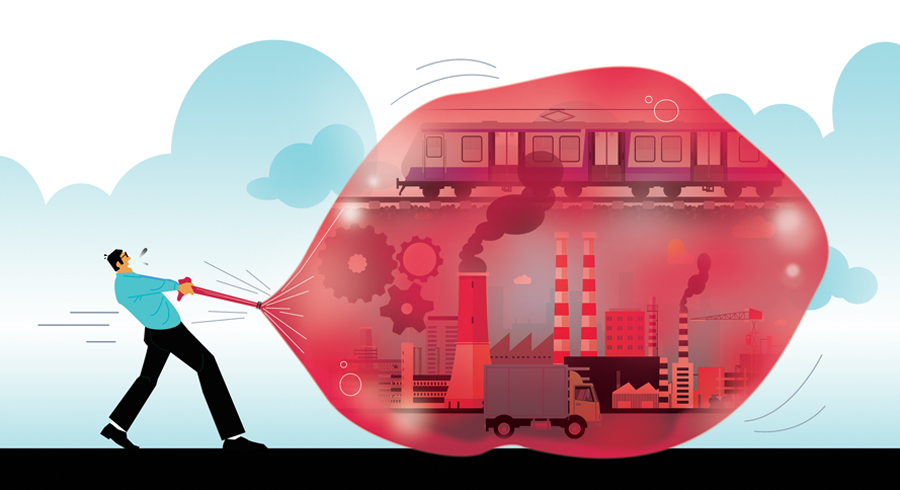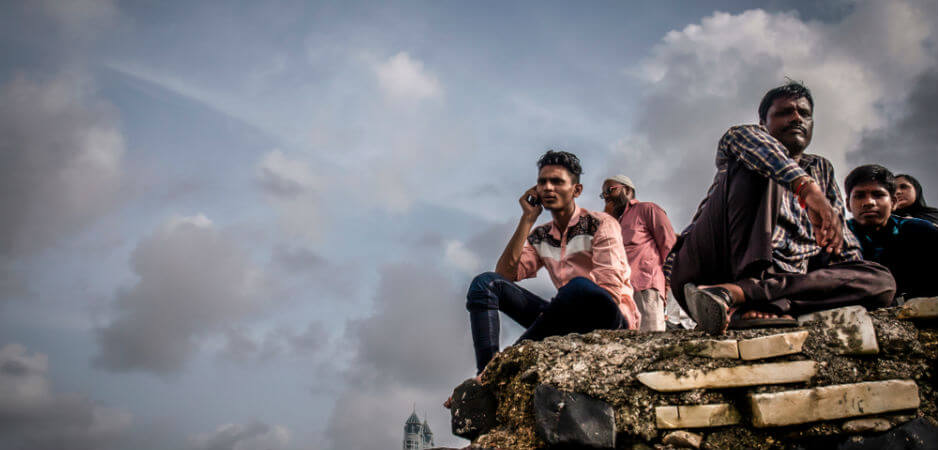How discretionary consumption for the Indian economy would look like in the coming period?

The Indian economy has been through a rather hard time owing to the COVID-19 crisis and every discussion on the fundamentals of the economy brings us one step closer to the realization of tattered growth prospects for the country.
Indian Economy
The Indian economy has been through several pitfalls, some more recent than others, like the twin balance sheet crisis which has now turned into four, or the worst-in-decades economic growth. However, after every down, we knew there was an up that was coming, one way or the other, that’s the beauty of an emerging economy.

But, what if, the down that is in front of us is so deep in the lows that coming back up would be way more convoluted. Well, looks like that is the case. Not because the economic indicators won’t improve or the economy won’t pick pace, but because this pandemic has had a rather permanent behavioural shift in the outlook of people. This is particularly concerning because the inclusion of behavioural economics is more or less absent from Indian public policy, and there’s no better time to discuss this.
While the government authorities and monetary systems are going to be dealing with several macroeconomic and financial policy tools to tackle the problems that the pandemic has thrown at us, those tools would fail to accommodate for the fact that the behavioural shifts transcend beyond the reach of these policy actions. Discretionary consumption is going to be one such parameter that would bear the burden of this pandemic due to behavioural shifts for a long time.
But before we analyze the prospect of discretionary consumption in the period, take note of the fact that this is not something that has been happening for the first time. An empirical analysis of the consumption pattern after any economic or financial crisis in the past would reflect the tendency of consumption to stay slumped for a while, even after considerable measures have been taken to improve them. Case in point the financial crisis of the United States in and after 2008 or the economic hardship in Russia in the earlier part of the 21st century.
Behavioural pattern shifts are reflected directly in people’s consumption patterns and for an emerging economy like India, a major chunk of whose gross product comes from private consumption, this can become a major problem.

Consider the pattern Indian consumers would have concerning discretionary consumption at the moment. For an average middle-class Indian, there have been no cash transfers or direct benefits during any lockdown period. As a result, the consumption and expenditures had to be borne directly from the savings only, more so because-
- Several people lost their livelihoods in the informal sector due to a lack of economic mobility during the crisis period.
- The unemployment rate has been severely high in both phases of the virus, with the number still hanging as high as a double-digit rate.
This particular loss of income has been a rather difficult factor for households to bear, for they had to cover all the necessary expenses, even the discretionary ones, through savings. Not only that, more than 3 crore people have been infected by the virus so far, that too on record, implying that a huge chunk of people have had to bear unplanned bulky expenditures from the little savings that they had left. This not only exploited their savings but also wreaked havoc on the prospects of these people too.
By far we have talked about how the pandemic left people with no choice but to opt for precautionary motives to save. Fiscal benefits like direct transfers and cash aids have a significant impact in aiding these precautions and ameliorating them to some extent since some the additional benefit is seen as an outside bonus for the people and is in turn used for discretionary consumption purposes, as can be seen from the pattern of the United States, who is now stimulating demand all around the world.

Other than direct transfers and cash aids, unemployment benefits and insurance also plays a very significant role in ensuring that the unemployment impacted people do not suffer substantial losses in terms of wealth and turn, do not sufficiently alter their consumption approach. A study by J.P. Morgan Chase revealed how unemployment benefits and consumption went hand in hand during the pandemic for the United States, with a direct correlation between the two.
This presents a clear picture of the uncertainty and the risk aversion presented to people in the previous period. Now consider the intertemporal model of consumption and savings for the consumer, who, as a result of the subjective probability of negative environment and risk aversion in the coming period, would choose to consume less in the present period to have a safety cushion of savings in the present period. Even despite the low-interest rates, people are more willing to save than they are to spend on discretionary consumption.
This is further fuelled by a likely health expenditure in the future, both with or without viruses. A data comparison of developed economies like the US and UK and emerging economies like India and China reveals that Indians have the highest out-of-pocket expenditure on healthcare expenses. This means that health insurances have the lowest prevalence in India and as a result, the tendency to save for future medical expenditure burdens up further in the call for people’s savings in the current period.

A behavioural shift in the labour markets as revealed by the NOMURA index is also pretty evident in the picture we’re trying to paint here. Despite the opening up of the economy and increase in mobility, the labour markets have been menially slow to recover, as per data presented by the Centre for Monitoring Indian Economy.
This means that the income prospects of the people are also severely grim at the point, which, in turn, point in the direction of slow economic growth and consumption recovery.
The outlook of people is well presented in the consumer confidence survey conducted by the Reserve Bank of India which shows how the consumers have grim expectations of income and consumption patterns in the future. Consumer confidence is a direct translation of what people’s approach towards consumption looks like, for low consumer confidence means less willingness of the people to spend on discretionary patterns. This should indicate what the future for consumption looks like, and we wish we could say any better.
The purpose of this discussion is to shed light on what the way forward for Indian public policy should be like because acknowledgements are the first step towards action, and the Indian economy needs much more of that. Indian economy’s recovery is on a lot of grounds contingent on the redemption of recovery and proper enforcement to bring it back on track is what the economy should be looking at right now.
Edited by Aishwarya Ingle




